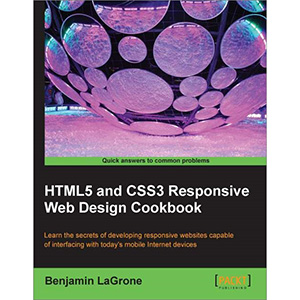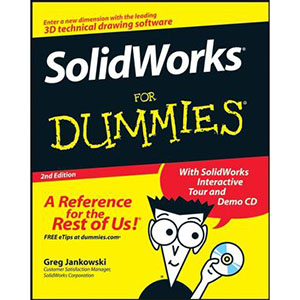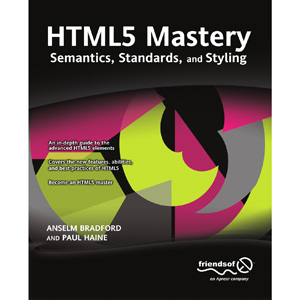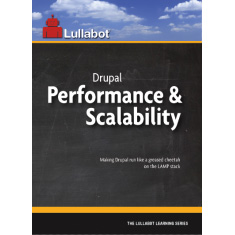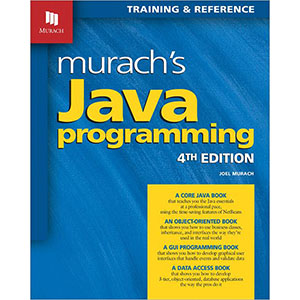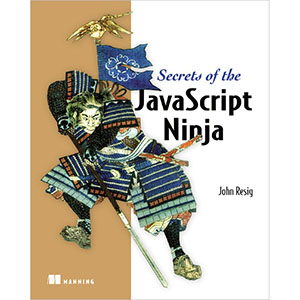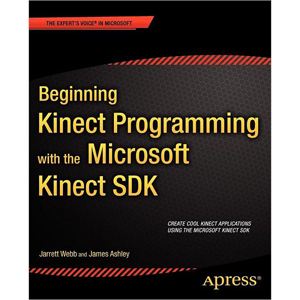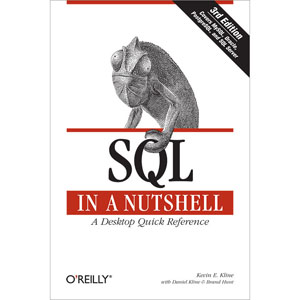Flexible Web Design
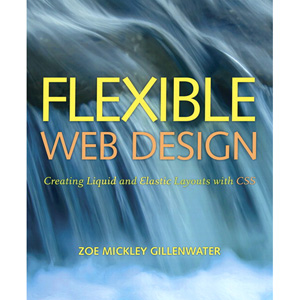
Liquid or fluid layouts change width based on the user’s unique device viewing size. These types of layouts have always been possible with tables but offer new design challenges as well as opportunities when built with CSS. This book, for experienced Web designers with some CSS experience, outlines how to do this successfully.
Designers will learn the benefits of flexible layouts and when to choose a liquid, elastic, or hybrid design. They will learn not only how to build a liquid layout from scratch using standards-compliant and cross-browser compatible (X)HTML and CSS, but will also learn how to design and slice their graphic comps in a way that makes flexible design achievable. This book will show designers that flexible layouts do not have to be visually boring or difficult to build when planned and built correctly. Even those who do not intend to build liquid layouts can use the concepts and techniques taught in this book to improve their fixed-width CSS designs, because they will learn how to design for the inherent flexibility of the web medium, instead of the rigid qualities of print media or table grid-based layouts.
Review
“Another excellent resource comes to us courtesy of Zoe Mickley Gillenwater <http://zomigi.com/> . She’s written a book called Flexible Web Designs <http://flexiblewebbook.com/> . Buy it now. You won’t regret it. I thought I knew my stuff when it came to wrangling CSS but this book had techniques that were new to me. …” — Jeremy Keith
“If you want to know more about creating liquid and elastic layouts, you should read Flexible Web Design by Zoe Mickley Gillenwater. I heard about the book on Twitter (via Malarkey) and I bought it almost straight away. I started reading it recently and my first impressions are that this is the best book I have bought in some time. The book describes flexible layout types in some detail and explains how to achieve these with CSS. It really is a worthwhile read if you are new to flexible layouts…. or even if you are a regular ‘flexible web designer’.” — Clive Walker
“The biggest two flaws that this book has is that it wasn’t published many years ago and not all web designers have a copy of it. There isn’t much that can be done about the first of these and the situation regarding the second will resolve itself gradually as more web designers find out about the book and buy a copy. This book goes into great detail on a number of important techniques for styling web pages with CSS that will be useful to anyone creating web pages. The step by step approach not only shows you how to solve the specific layouts that the book covers but also show very clearly the approach to take to resolve the layout of any web page with CSS.” — Stephen Chapman
Book Details
- Paperback: 336 pages
- Publisher: New Riders Press (December 2008)
- Language: English
- ISBN-10: 0321553845
- ISBN-13: 978-0321553843
